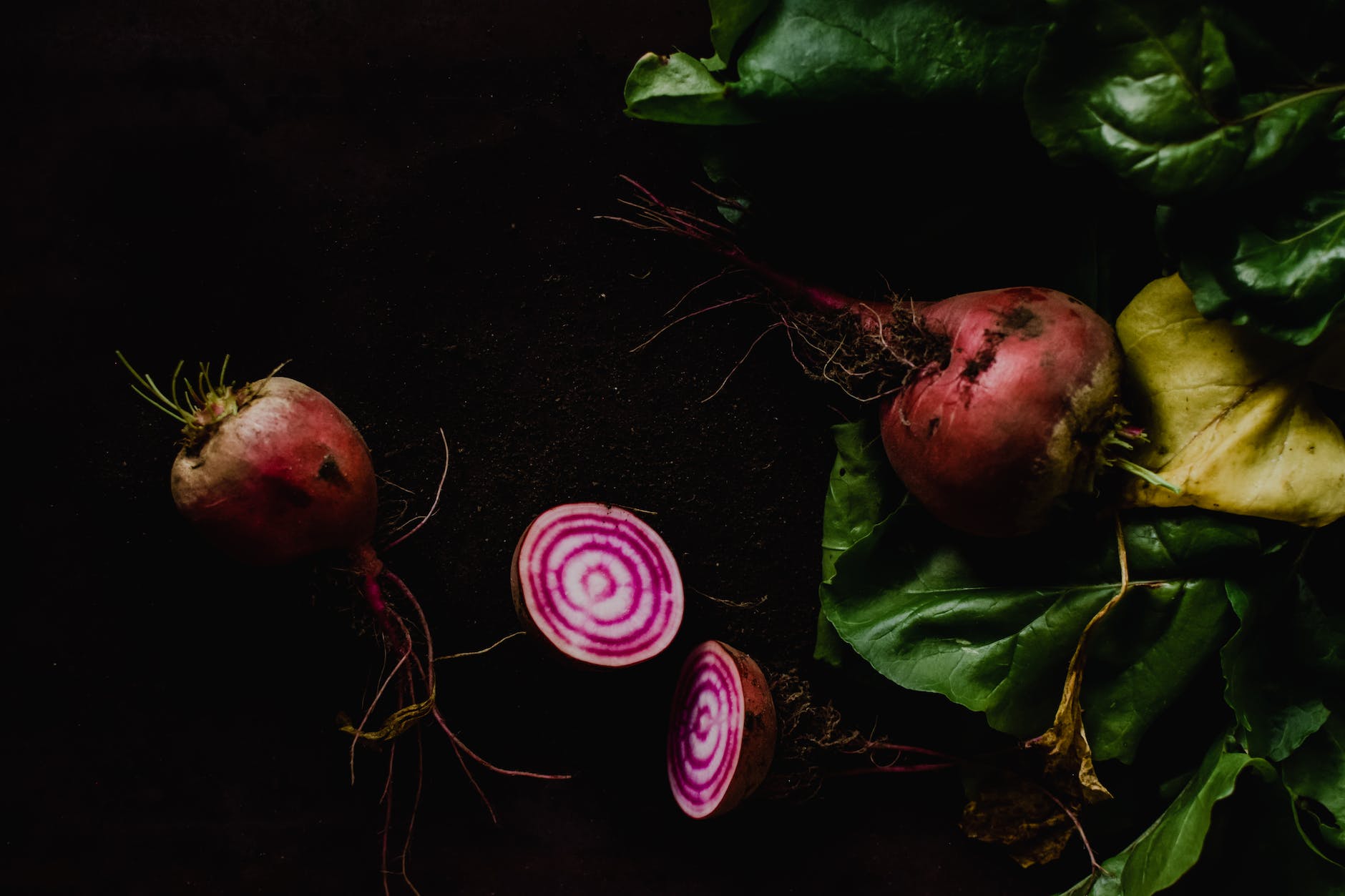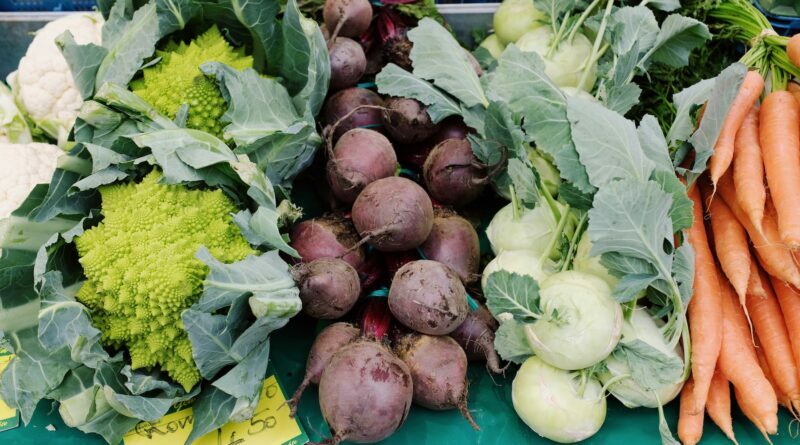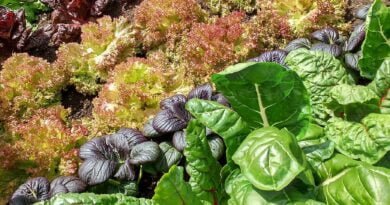From Seed to Plate: A Comprehensive Guide to Growing Delicious Beetroot
Beetroot is a popular vegetable that is easy to grow in an allotment. Not only is it nutritious, but it also adds a splash of color to your garden. If you are planning to grow beetroot in your allotment, here is a detailed guide to help you get started.
Step 1: Choosing the Right Beetroot Varieties
When planning to grow beetroot on your allotment, it is important to choose the right variety. Beetroot comes in many different colors, shapes, and sizes. Some popular varieties include Detroit Dark Red, Boltardy, Chioggia, and Golden Beet.
Detroit Dark Red is a classic variety with deep red flesh and smooth skin. Boltardy is a popular variety known for its resistance to bolting, which means it can withstand heat and drought better than other varieties. Chioggia is a beautiful variety with red and white striped flesh, while Golden Beet has a sweet, golden flesh that is perfect for roasting.
Step 2: Preparing the Soil
Beetroot prefers well-drained soil that is rich in organic matter. Before planting, it is important to prepare the soil by removing any weeds or debris. You can also add some compost or well-rotted manure to improve the soil structure and fertility.
Beetroot prefers slightly acidic soil with a pH of around 6.5. You can test your soil pH using a soil testing kit, which you can purchase from your local garden center. If your soil is too alkaline, you can add some sulfur to lower the pH.
Step 3: Planting the Seeds
Beetroot seeds can be sown directly into the ground from mid-April to late June. The seeds should be sown in rows, spaced about 30cm apart. Sow the seeds about 2.5cm deep, and space them about 10cm apart. If you want to grow larger beets, you can space them about 15cm apart.
Once you have planted the seeds, cover them with soil and water them well. You can also cover the soil with a layer of horticultural fleece to keep the soil moist and warm.
Step 4: Watering
Beetroot requires regular watering to grow properly. Water the plants deeply once a week, or more often if the weather is hot and dry. It is important not to let the soil dry out completely, as this can cause the beets to split or become tough. You should also avoid overwatering, as this can cause the beets to rot.
A good way to tell if your beetroot plants need watering is to check the soil. Stick your finger into the soil to a depth of about 5cm. If the soil feels dry, it’s time to water the plants.
Step 5: Fertilising
Beetroot requires regular fertilisation to grow well. You can use a general-purpose fertiliser every four to six weeks to provide the plants with the necessary nutrients. Alternatively, you can use a slow-release fertiliser at the beginning of the growing season to provide a steady supply of nutrients throughout the season.
If you prefer organic methods, you can use compost or well-rotted manure to fertilise the soil. Simply spread a layer of compost or manure around the base of the plants and water well.
Step 6: Thinning
Once the beetroot seedlings have emerged, you may need to thin them out. This involves removing some of the seedlings to allow the remaining ones to grow properly. If you have planted the seeds about 10cm apart, you can thin the seedlings to a spacing of about 15cm. If you have planted them about 15cm apart, you can thin them to a spacing of about 30cm.
When thinning your beetroot plants, choose the healthiest and strongest seedlings to keep. You can either remove the other seedlings by gently pulling them out of the ground, or by cutting them off at ground level with a pair of scissors. Be sure to water the remaining seedlings well after thinning.
Step 7: Harvesting
Beetroot can be harvested from July onwards, depending on the variety and growing conditions. The beets are ready to harvest when they are about the size of a golf ball or larger. To harvest, simply pull the beets out of the ground by grasping the leaves and gently pulling upwards. If the leaves are difficult to pull, you can use a garden fork to loosen the soil around the beetroot.
Once you have harvested your beetroot, be sure to store them in a cool, dark place to keep them fresh. Beetroot can be stored for several weeks or even months, depending on the variety.
Step 8: Enjoying Your Beetroot
Beetroot is a versatile vegetable that can be enjoyed in a variety of ways. It can be boiled, roasted, grilled, or even pickled. Beetroot leaves can also be eaten and are rich in nutrients. They can be cooked like spinach or used in salads.
Here are some delicious ways to enjoy your beetroot:
- Roasted Beetroot: Cut the beetroot into wedges, drizzle with olive oil, and roast in the oven for 25-30 minutes until tender.
- Beetroot Salad: Thinly slice the beetroot and toss with mixed greens, feta cheese, and a lemon and honey dressing.
- Beetroot and Goat Cheese Tart: Roll out some pastry and place it into a tart tin. Spread some goat cheese on the bottom, and then top with sliced beetroot. Drizzle with olive oil and bake in the oven for 25-30 minutes.

Growing beetroot in your allotment can be a rewarding and nutritious experience. With their vibrant colors, earthy flavors, and versatile uses in the kitchen, beetroot is a wonderful addition to any homegrown vegetable garden. By following the steps outlined in this guide, from soil preparation to harvest, you can enjoy a plentiful supply of fresh, homegrown beetroots throughout the growing season.
Beetroots are relatively easy to grow and require minimal maintenance, making them a suitable choice for allotment owners. They can be sown directly in the soil or started indoors and transplanted, depending on your preference and the growing conditions. With proper care and attention, beetroot plants will reward you with their sweet and tender roots.
One of the joys of growing beetroot is the ability to enjoy both the roots and the greens. Beetroot roots can be roasted, boiled, pickled, or grated raw for salads, while the young and tender beetroot greens can be used in salads, sautés, or even juiced for their nutritional benefits.

Speaking of health benefits, beetroot is packed with nutrients and offers a range of potential health advantages. It is a rich source of vitamins, minerals, and antioxidants, known for supporting cardiovascular health, boosting stamina, and promoting healthy digestion. Incorporating homegrown beetroots into your diet can provide you with a fresh and nutrient-dense addition to your meals.
To ensure successful beetroot cultivation, remember to provide adequate spacing, water regularly, and monitor for any pests or diseases. Thin the seedlings to allow proper development of the roots, and harvest when the beetroots have reached the desired size.
So, roll up your sleeves, prepare your soil, and sow some beetroot seeds or plant seedlings in your allotment. With a little care and patience, you’ll be rewarded with a vibrant and flavorful harvest of homegrown beetroots. Enjoy the process, experiment with different culinary preparations, and take pride in the nourishing and delicious produce you’ve cultivated. Happy beetroot growing!




